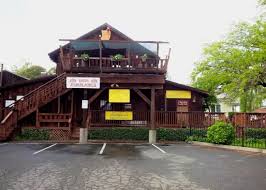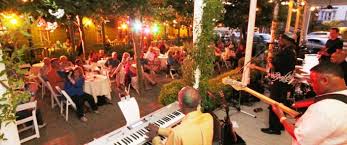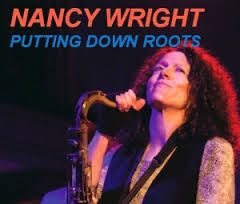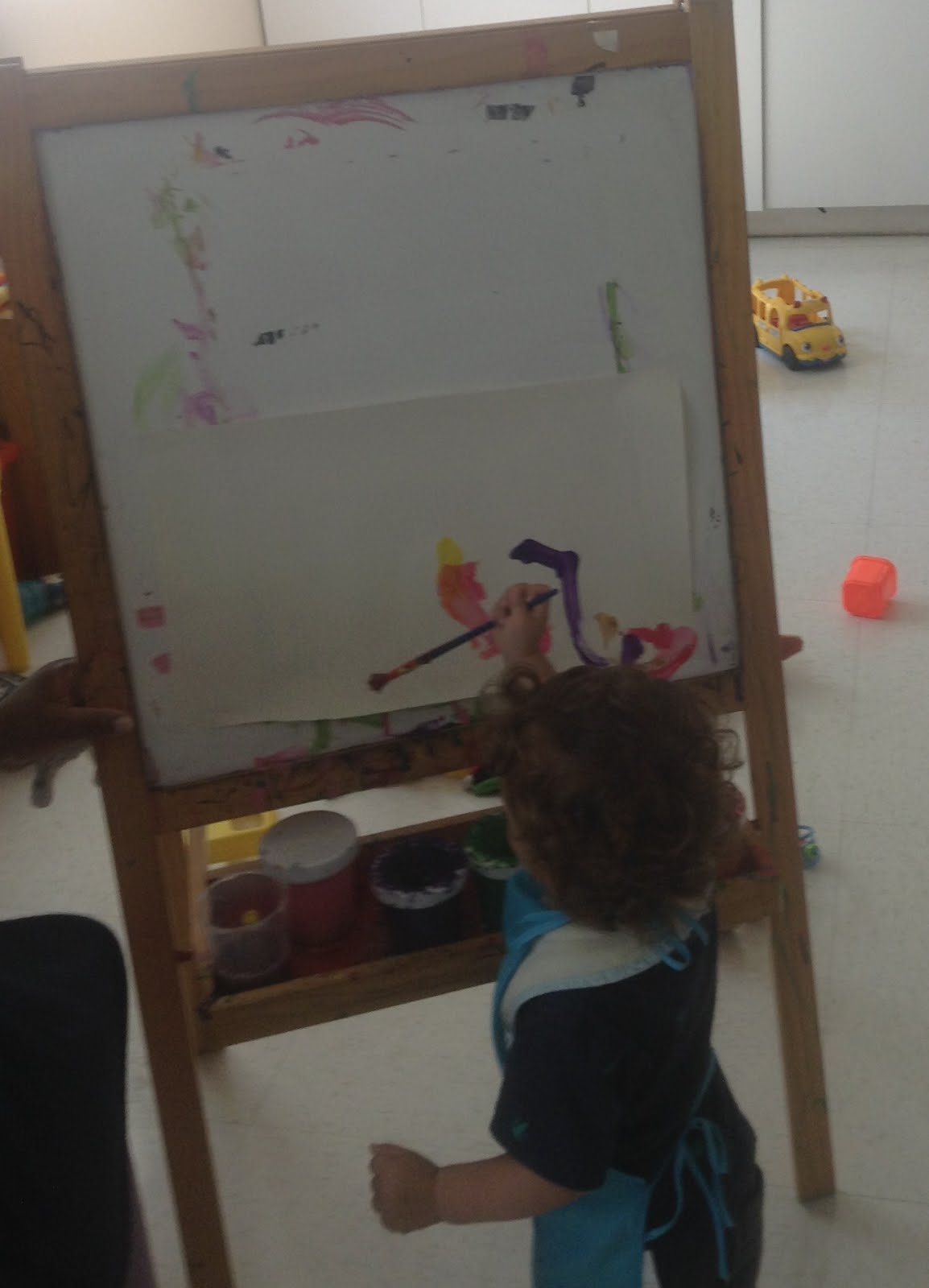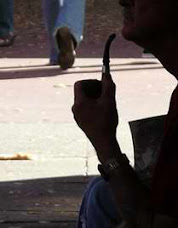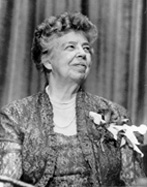It’s hard to compare, I know, but I don’t recall anyone standing in line at a book store forty years ago waiting for the newest Nancy Drew or Hardy Boys mystery to be unveiled. What a difference a few decades of high-tech hype make!
A couple hundred fans squeezed into our own independent bookseller, Mendocino Book Company, for the Saturday, July 21, 12:01 a.m. countdown to celebrate the new Harry Potter release. After competing in contests, watching Potter films and munching popcorn, then more schmoozing and book-talking, I watched with other locals as bookstore owner Ann Kilkenny refused to open the guarded cartons of books one second too soon.
With seven Harry Potter novels – and no more to come, J.K. Rowling has by chance, then by design, placed her phenomenal and controversial series in the forefront of today’s readers of all ages. The internationally-renowned series may have grown darker, but its popularity has not faded; rather, Harry Potter and the Deathly Hallows parks at the number one spot on bestseller lists – as expected.
Helping to build Potter momentum was the calculated release of the fifth Harry Potter film on July 10. The midnight opening show was filled to capacity, overflowing with Potter-mania. Customary for Ukiah’s Regal Theater Potter film openings, Caleb Meek-Bradley continued as honorary emcee dressed in his Hogwarts cloak and other Potter fixtures – the hairdo, black-rimmed glasses and necktie. Armed with his wand, recent Ukiahi grad Caleb (Potter) warmed up the audience with trivia questions during the last few minutes before show time. A great number of those costumed fans were again seen in their regalia at the new book release party. These were not just pre-teens, but adolescents and adults as well!
Rowling may not be the first series writer to capture and hold universal interest; but she is doing it right now and very successfully - with readers aged 7 to 70. That’s hard to do – just ask most authors! Billed originally as children’s literature, her books are also a hit with mainstream, adult audiences whether they speak English , Greek or …Parseltongue.
How popular are they? Well, though an embargo was in effect until 12:01 a.m. last Saturday, July 21, the mail arrival of some books (what a weight on postal shoulders!) plus scanned pages via the internet made it available early to unscrupulous fans. But, don’t worry, I won’t spoil the end for you – in fact, I’m just now reading book six. Yes, I lag behind; but I always get there.
Rowling’s official and very interesting website (http://www.jkrowling.com/) is her personal attempt to handle the constant deluge of fan responses to her writing. A better example of a young, struggling writer’s success story is hard to find. But, some would definitely like to shorten her time in the sun.
Her books of fantasy (a fact many critics and hard-line Christians often forget) have perhaps put a metaphorical spell on many of us. But, it’s hard not to see ourselves in her characters and their struggles with fate and with each other. Admit it - countless stories of witches and spells have entertained children for the last few centuries!
Controversy can work magic for a writer’s book sales; her books’ banning by alarmists and “goodness protectors” is not necessarily a bad thing. Her statement during last year’s Banned Book Week (posted on her webpage) admits, “Once again, the Harry Potter books are featured on this year’s list of must-banned books. As this puts me in the company of Harper Lee, Mark Twain, J.D. Salinger, William Golding, John Steinbeck and other writers I revere, I have always taken my annual inclusion on the list as a great honour. ‘Every burned book enlightens the world.’ Ralph Waldo Emerson.”
One embargo-breaker reviewed the book a day before its release, but thankfully didn’t spoil much. New York Times Writer Michiko Kakutani did say it is, “a somber book that marks Harry’s final initiation into the complexities and sadnesses of adulthood.”
No matter your age, you can feel for Harry – either you’re in the throes of growing up, or you can recall the hard-flung emotions which chipped away at the child in each of us. Potter’s magic attracts us to Rowling’s characters; we would like some magic added to our life stories, perhaps.
Staying up late – again with Potter-costumed Ukiahans was a novelty for me, but I discovered via the internet some lengths to which many Potter fans went to celebrate. Dropping countdown balls, together with fireworks and popular bands playing across the globe, fans found numerous exciting ways to usher in the last of this book’s era. What is exciting for bibliophiles like me is to see such a to-do about a book that millions of people will stand in line to buy for $35.
What is the big deal? Arthur A. Levine, the Scholastic editor who first bought the United States rights for Rowling’s book, says “I think there is something that is extremely special about having lived through the first wave…But when I read Jane Austen for the first time, I didn’t feel like ‘Darn, I wish I’d been there when Jane was out there letting them go for the first time.’ ”
At the end of the day, Levine said in a Times article, a reader’s experience is a “special, one-on-one intimate experience whenever you have it.” To which I say, “Amen – and thank you, Ms. Rowling!”
Saturday, July 28, 2007
Friday, July 6, 2007
Follow the Green Path
Green light, green-stamp, greenback…we know green is Go! Yes! Yay! How does one color carry so much good-to-go feeling? Connotations are actually something interesting to think about – at least for us wordsmiths. Perhaps you have to go to the literal “root” on this one…the botanical bottom of this story.
Nature provides the process of chlorophyll production which sustains our whole planet. The birth of every leaf portends the future of our food and air. Of course, you need both sunshine and water (yellow & blue) to make green, a formula that works on a color palette as well!
Bombarded with headlines, organizations and catch-phrases that include the word green, I began to ponder green-ness again. Has it become an overused jingle or moniker today? I think so - but very rightly so, I decided. Green does mean LIFE, a color coding for everything most natural and necessary for our survival.
Even our Mendocino County Promotional Alliance is compiling a list of “green” businesses – those who use sustainable practices, in hopes of bringing our county’s 52 local conservation groups together and helping to sell the idea of Mendocino being a Green county, according to a recent Daily Journal article. Our county is green in more than its valleys, trees and plants – including medicinal herbs. Julia Conway of the Alliance admits, “We were green before it was fashionable.” Solar energy know-how and organic wines and ales put Mendocino on the map.
When researching for a column early last spring, I found that many people were involved in huge undertakings of localizing, an effort to conserve our “green” status by going a step further. And, actually, it means NOT going more than 50 or so miles, perhaps, to find essentials for our lives or businesses. The statistic that rocked me, after talking to Arky Ciancutti from Brewery Gulch Inn on the Coast last March, was that 20% of all fuel burned is a result of “moving food.”
The Greater Ukiah Localization Project (GULP) encourages local purchasing and sustenance within our area. The Coast Economic Localized Link (CELL) and Willits Economic LocaLization (WELL) are others in our county marching forward with a strong “green” message.
A seasonal opportunity to buy local is our Farmer’s Market at the Alex Thomas Plaza on Saturday mornings and Tuesday afternoons. Once the nice weather is gone, though, local produce may not be so accessible. We would hope there are indoor gardeners that can supply our local markets with fresh, organic products as much as possible, but we may need more work to achieve that.
GULP also invites interested citizens to help at the Cleveland Community Gardens and asks any other community or shared gardens to keep the group advised on local food production. How - or what does YOUR garden grow? Contact Maureen at moski@pacific.net to get on their mailing list.
Participation in the Ukiah Valley Area Plan (UVAP) allows us a voice in what happens to our communities in more ways than its food sources. Efforts to conserve and preserve will help ensure the viability of our area.
We’re not talking secession or radical politics here; we’re looking at self-reliance and self-sustenance. Can we possibly find everything we need right here in Mendocino or within our region? Possibly, but it may cost more. The price is critical or prohibitive to many, but the philosophy may have a greater impact on us in the long run. What is your future worth? How about the legacy we leave our children and grandchildren?
When I look back on growing up in the 1950’s and 1960’s, I recall the excitement and convenience which plastics, polyester, pesticides and food preservatives offered our parents. These were developed to eliminate their drudgery and hard work, potentially giving them more time to relax and enjoy life. Who knew those improvements would greatly affect our mindset, making us ignore questions of long term effects on our bodies and our planet?
One local songwriter Kristine Robin (also a wonderful musician who warrants her own feature article in the near future!) produced a powerful and inspiring video to accompany her song “One is the Sun.” Link to her presence online at http://www.kristinerobin.com/.
I found myself writing some lyrics over ten years ago – as a concerned parent and questioning adult – wondering what to do about correcting the misguided actions of past decades. I imagined handing my child a gift – our abused planet, which she receives with tears.
I ask her,
“Can’t you ignore a few shortcomings, ozone holes and global warmings?
Just needs a few more landfills, naval graveyards and toxic dumps.
Every world struggles through time and picks up a few bruises and bumps.”
Of course, she takes it, but without gratitude, as I leave the scene.
“Sadly I go, looking o’er my shoulder to watch her.
Working with love, she restores and waters her wildflower lawn,
caresses a cloud, protects her wood.”
Perhaps with music and poetry, as well as policy changes and hard work, we can eventually heal our world. We must try.
Nature provides the process of chlorophyll production which sustains our whole planet. The birth of every leaf portends the future of our food and air. Of course, you need both sunshine and water (yellow & blue) to make green, a formula that works on a color palette as well!
Bombarded with headlines, organizations and catch-phrases that include the word green, I began to ponder green-ness again. Has it become an overused jingle or moniker today? I think so - but very rightly so, I decided. Green does mean LIFE, a color coding for everything most natural and necessary for our survival.
Even our Mendocino County Promotional Alliance is compiling a list of “green” businesses – those who use sustainable practices, in hopes of bringing our county’s 52 local conservation groups together and helping to sell the idea of Mendocino being a Green county, according to a recent Daily Journal article. Our county is green in more than its valleys, trees and plants – including medicinal herbs. Julia Conway of the Alliance admits, “We were green before it was fashionable.” Solar energy know-how and organic wines and ales put Mendocino on the map.
When researching for a column early last spring, I found that many people were involved in huge undertakings of localizing, an effort to conserve our “green” status by going a step further. And, actually, it means NOT going more than 50 or so miles, perhaps, to find essentials for our lives or businesses. The statistic that rocked me, after talking to Arky Ciancutti from Brewery Gulch Inn on the Coast last March, was that 20% of all fuel burned is a result of “moving food.”
The Greater Ukiah Localization Project (GULP) encourages local purchasing and sustenance within our area. The Coast Economic Localized Link (CELL) and Willits Economic LocaLization (WELL) are others in our county marching forward with a strong “green” message.
A seasonal opportunity to buy local is our Farmer’s Market at the Alex Thomas Plaza on Saturday mornings and Tuesday afternoons. Once the nice weather is gone, though, local produce may not be so accessible. We would hope there are indoor gardeners that can supply our local markets with fresh, organic products as much as possible, but we may need more work to achieve that.
GULP also invites interested citizens to help at the Cleveland Community Gardens and asks any other community or shared gardens to keep the group advised on local food production. How - or what does YOUR garden grow? Contact Maureen at moski@pacific.net to get on their mailing list.
Participation in the Ukiah Valley Area Plan (UVAP) allows us a voice in what happens to our communities in more ways than its food sources. Efforts to conserve and preserve will help ensure the viability of our area.
We’re not talking secession or radical politics here; we’re looking at self-reliance and self-sustenance. Can we possibly find everything we need right here in Mendocino or within our region? Possibly, but it may cost more. The price is critical or prohibitive to many, but the philosophy may have a greater impact on us in the long run. What is your future worth? How about the legacy we leave our children and grandchildren?
When I look back on growing up in the 1950’s and 1960’s, I recall the excitement and convenience which plastics, polyester, pesticides and food preservatives offered our parents. These were developed to eliminate their drudgery and hard work, potentially giving them more time to relax and enjoy life. Who knew those improvements would greatly affect our mindset, making us ignore questions of long term effects on our bodies and our planet?
One local songwriter Kristine Robin (also a wonderful musician who warrants her own feature article in the near future!) produced a powerful and inspiring video to accompany her song “One is the Sun.” Link to her presence online at http://www.kristinerobin.com/.
I found myself writing some lyrics over ten years ago – as a concerned parent and questioning adult – wondering what to do about correcting the misguided actions of past decades. I imagined handing my child a gift – our abused planet, which she receives with tears.
I ask her,
“Can’t you ignore a few shortcomings, ozone holes and global warmings?
Just needs a few more landfills, naval graveyards and toxic dumps.
Every world struggles through time and picks up a few bruises and bumps.”
Of course, she takes it, but without gratitude, as I leave the scene.
“Sadly I go, looking o’er my shoulder to watch her.
Working with love, she restores and waters her wildflower lawn,
caresses a cloud, protects her wood.”
Perhaps with music and poetry, as well as policy changes and hard work, we can eventually heal our world. We must try.
Labels:
GULP,
Kristine Robin,
Mendocino County,
Ukiah Farmers Market
Subscribe to:
Posts (Atom)



